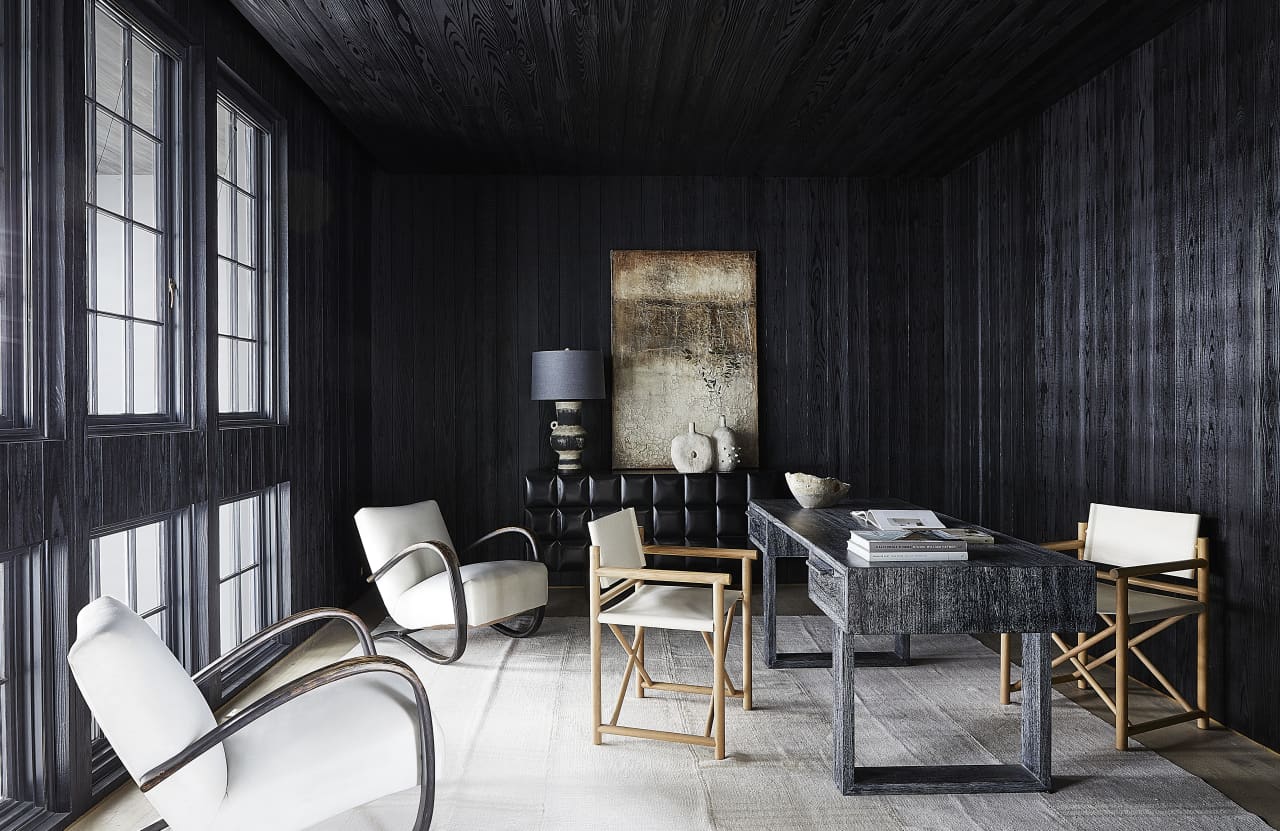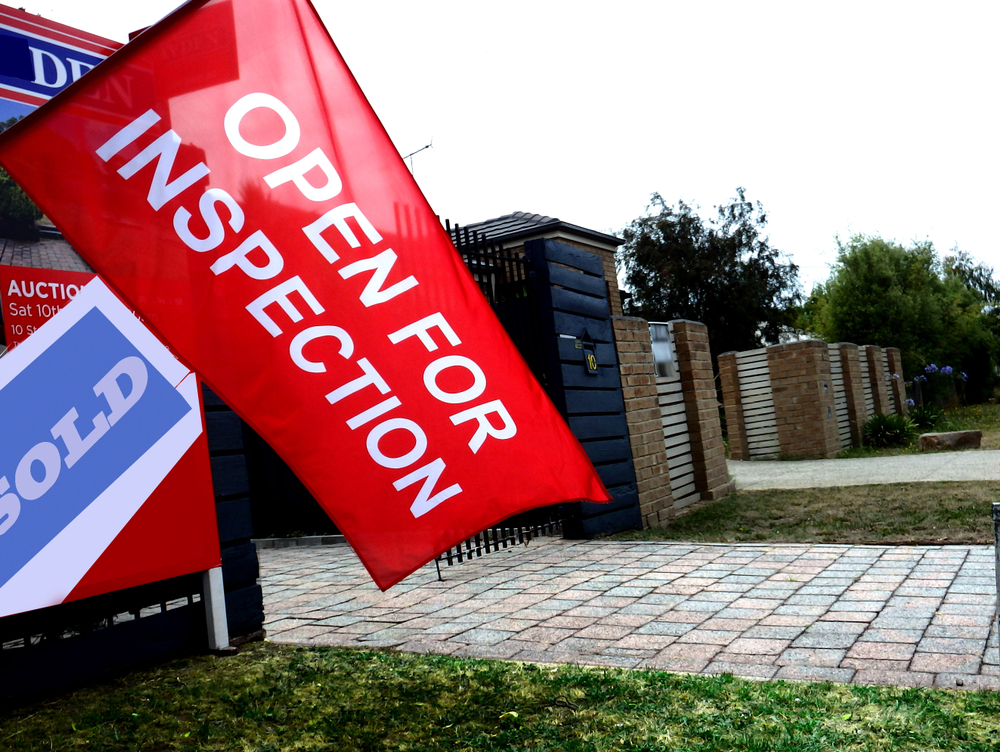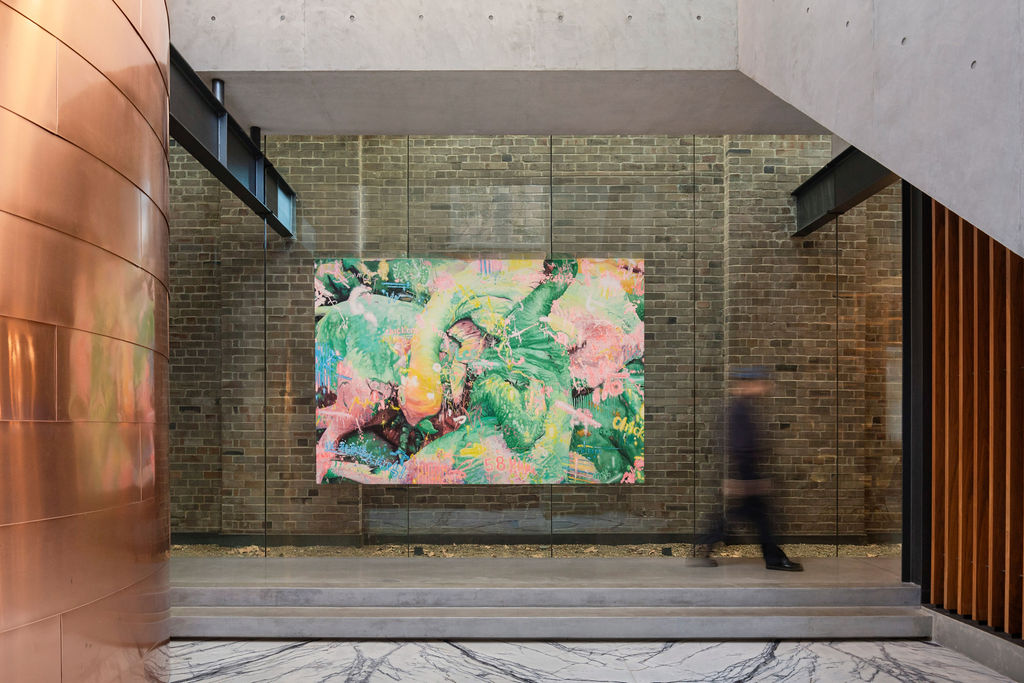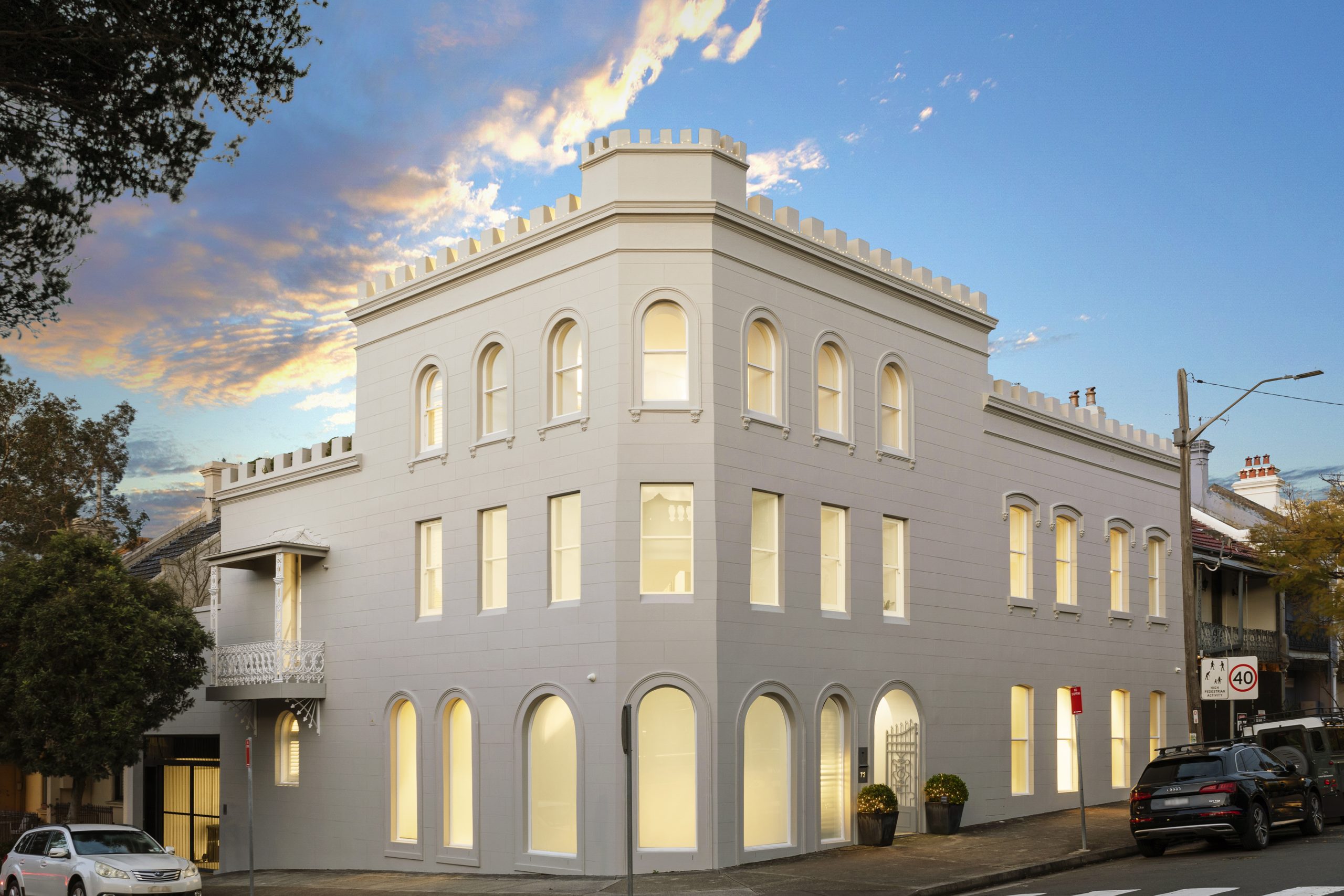The Trending Look That Has Home Designers Playing With Fire
This centuries-old Japanese technique is adding a surprisingly contemporary vibe to luxury homes, inside and out
It’s the kind of edgy design trend you might have scrolled past on a social media feed: homes bearing beautifully charred facades or feature walls, a charcoal patina that seems as if it emerged from fire itself—in fact, that’s exactly how it came into being.
Shou sugi ban, also known as yakisugi, is a Japanese wood-burning method with roots that run deep. The craft emerged during Japan’s Edo period, from 1603 to 1868, as a way to clad cedar buildings to withstand temperature fluctuations between seasons and render them fire retardant and insect repellant. Aside from its practical benefits, the look has exploded in the West as a way to give homes—mostly luxury ones—a brooding, dramatic exterior that fits with an earthy minimalist aesthetic as much as texture-rich maximalist one.
The preservation technique, which can be achieved by hand or machine, involves burning wood until the surface is charred, cooling and cleaning it to remove soot and dust and finishing it with natural oils to reinforce its durability and aesthetic appeal.
Dark and charred and decidedly grained, the look of shou sugi ban is altogether distinctive.
“When you burn the clean wood, it creates a textural surface that highlights the beauty of the wood grain and colour,” said Mia Jung, director of interiors at Ike Kligerman Barkley in New York and San Francisco.
Depending on the degree of charring and finishing, the wood can produce a range of looks from deep black with pronounced grain patterns to a more subtle dark brown or grey with a smoother finish, said Jiun Ho, founder of Jiun Ho Inc., a multi-disciplinary interior and furnishings design firm in San Francisco.
Defining Detail
Unlike the purely functional role of the shou sugi ban technique of the past, today, it’s most commonly used for decorative purposes—both inside and outside the home.
“It has a modern yet earthy aesthetic,” said Stephanie Hobbs, design principal at Marmol Radziner in Los Angeles. “Clean lines and details help this naturally textured and rough material feel modern and luxurious.”
The old-world application can, ironically, have a very contemporary vibe. “The simplicity of the wood offers a beautiful and natural look that honours the Japanese aesthetic of wabi-sabi, which embraces imperfections,” said Teresa Boyd and Helena Finkelstein, co-owners and lead designers of Verona, New Jersey-based Olive Hill Design Company.
While traditionally rendered in cedar, modern variations of the art utilise different types of woods, such as Douglas fir, cypress, pine or oak, creating many diverse looks. The cost of shou sugi ban varies widely based on factors such as the type of wood used, the degree of charring and the finish applied.
“It can be more expensive than untreated wood due to the labor-intensive process,” Ho said. Typically, prices range from $15 to$20 per square foot on average.
What’s Old Is New Again
There’s no denying the technique is having a moment, and it aligns with so many other trends, such as the growing emphasis on artisan-made things as well as biophilic design, a concept that aims to connect people with nature, in part, through natural materials.
“In this age of fast everything, there is a growing respect and appreciation for traditional craftsmanship,” Kornak said. “Shou sugi ban is a great example of that—it has a rich and beautiful history, especially in architecture and design. In addition, it’s both modern and rustic, which is aesthetically intriguing.”
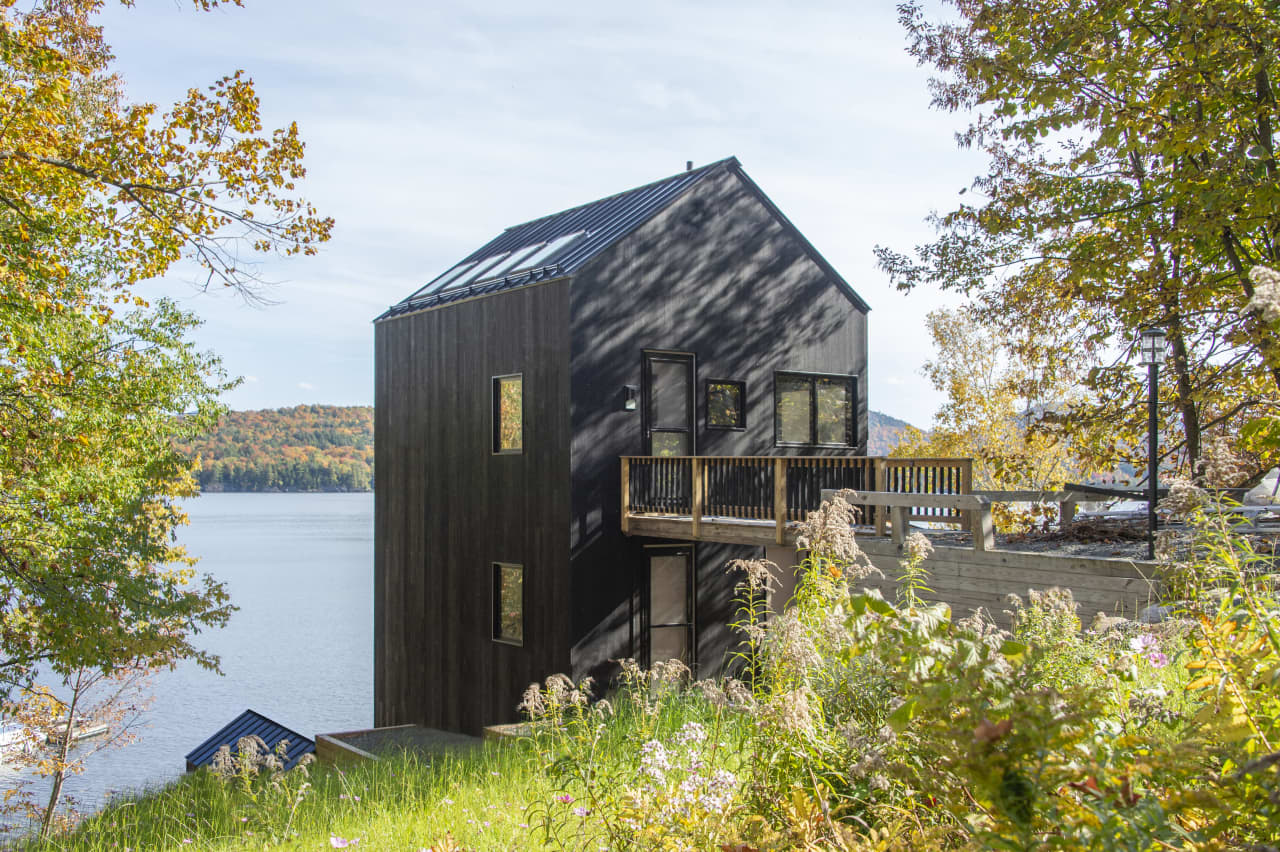
Tom Stock, Stock Studios Photography
The matte finish and distinctive wood graining create a striking impression that is different from what people are used to seeing, Hobbs said, noting how it balances with a natural landscape.
“People love the warmth and natural qualities of wood siding, but it often comes with a large commitment to maintenance. This method of finishing ages naturally and beautifully over time and requires less maintenance than a typical wood siding application,” she said.
What makes shou sugi ban even more relevant is that it’s eco-friendly. The wood retains the carbon-dioxide absorbed during the tree’s growth, making it more durable and expanding the life of the wood, said Philip Consalvo, principal of PJCArchitecture in New York City. It also naturally protects the wood from the elements, eliminating the need for harsh chemicals.
“As darker home exteriors continue to trend, we will likely see this material becoming increasingly popular for cladding,” he said.
Fresh Ways to Play With Fire
These days, shou sugi ban, in all of its smoky glory, is showcased in a multitude of ways—as siding and fencing, decking, interior and feature walls and furniture.
Ho loves using shou sugi ban for wall cladding because “it adds a multi-dimensional texture making the interior feel rich and warm.” For a new restaurant he’s designing called Enclos, which is opening later this summer in Sonoma, California, he covered the dining room’s walls and ceiling with shou sugi ban. “This created a dark black texture that serves as a blank canvas, allowing everything in the room, including the guests and the food, to stand out,” he said.
Jeffrey Dungan, founder and creative director at Jeffrey Dungan Architects in Mountain Brook, Alabama, prefers to apply the technique inside a home for a dark and moody vibe. While Hobbs tends to add the charred wood as a finishing material to connect interior walls with exterior siding.
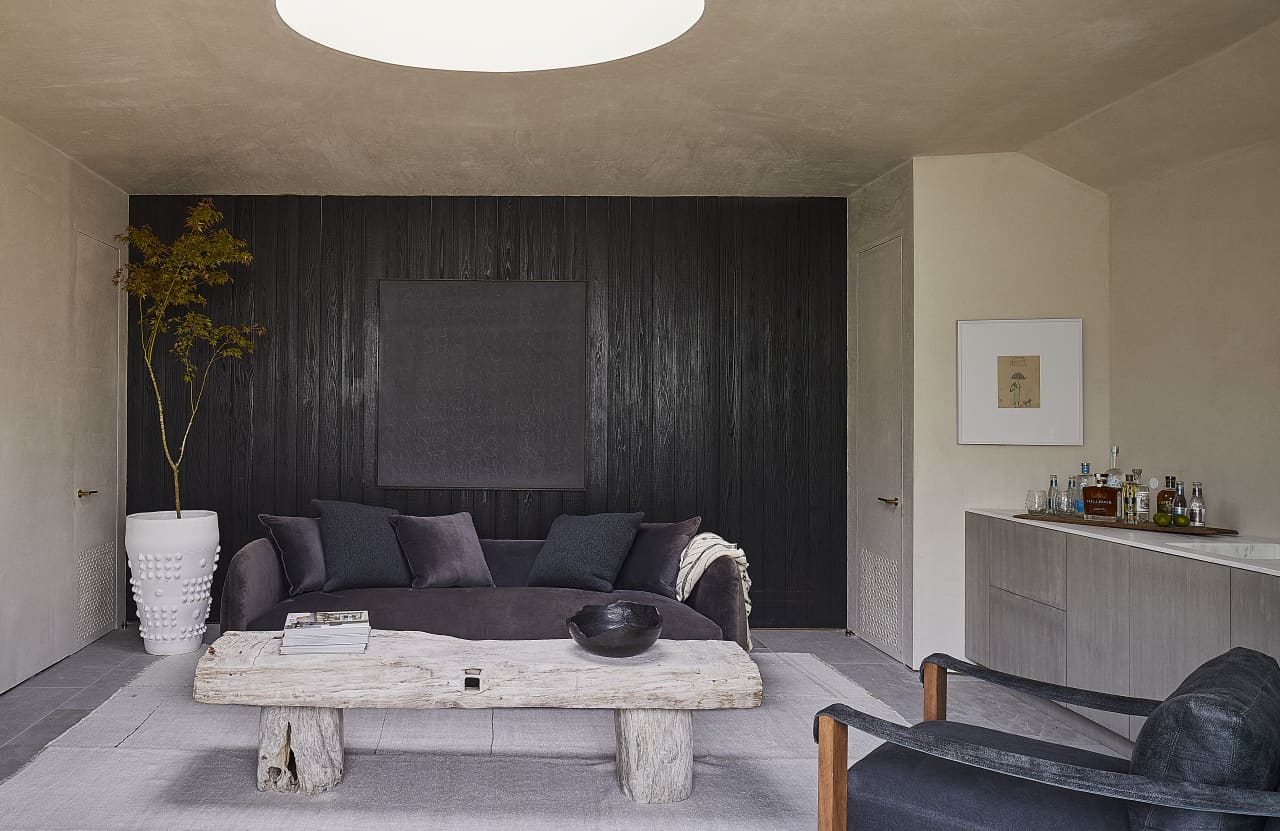
William Abranowicz
Siding is the most common way to showcase the Japanese technique. Consalvo used the material as siding because of its “eco-friendly nature and seamless integration with the home’s natural surroundings,” for a recently completed lake house in the Adirondacks.
“The unique appearance of shou sugi ban enhanced the modern aesthetic we desired for the house. By incorporating this traditional craftsmanship in a modern way, we aimed to honour the Japanese wood preservation technique,” he said.
However, Consalvo noted that since the charring process is unfamiliar to many builders and contractors, “proper training and understanding of the technique are essential to achieving the desired results and maintaining its integrity and benefits.”
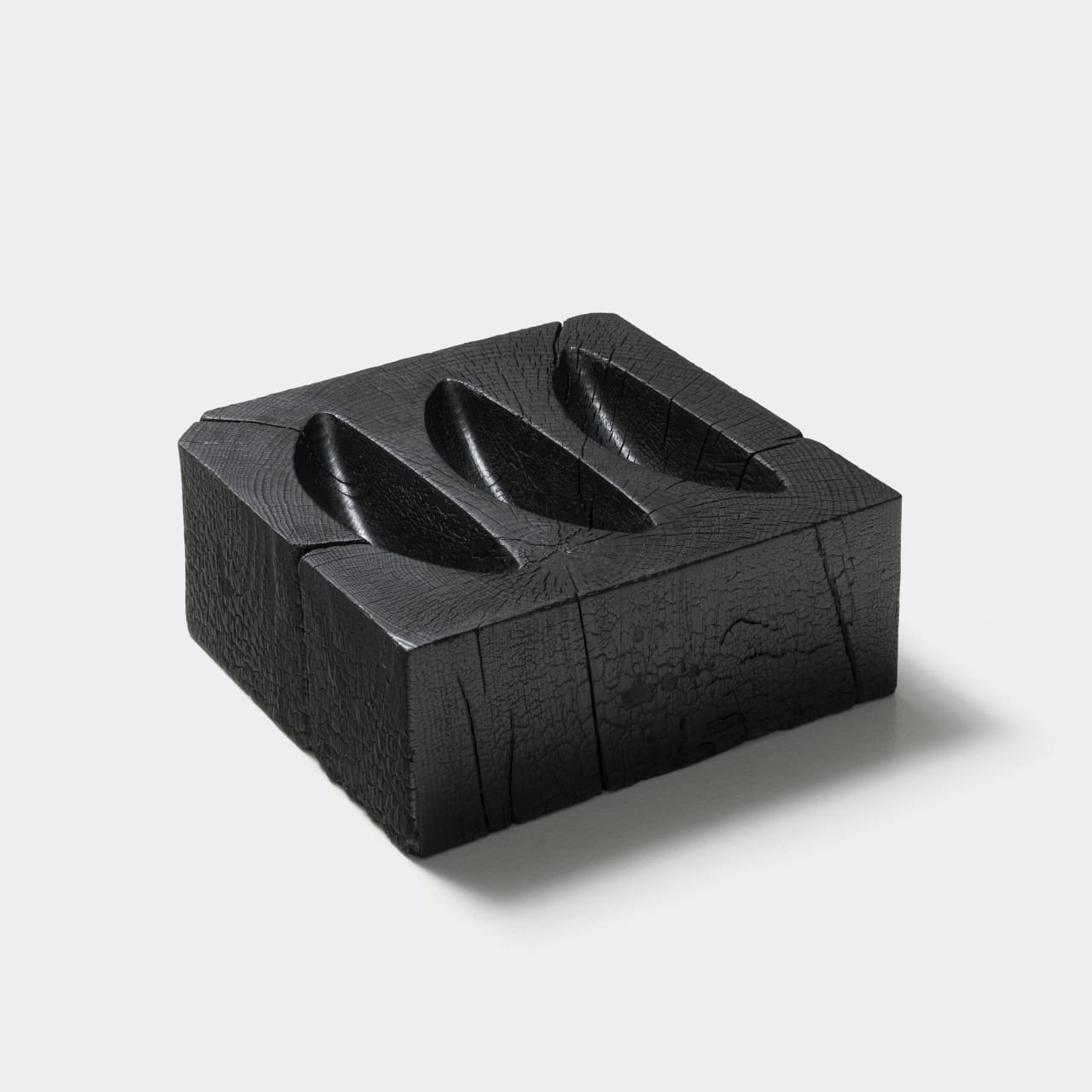
Courtesy of Holly Hunt
Aside from walls and siding, Shou Sugi Ban can be used to fashion bespoke items such as furniture, light fixtures or objets d’art. Design firm Holly Hunt has used geometric figurines by Martha Sturdy called “Reflections” as well as hand-carved solid cedar bowls from A Space.
“For both of these, the ashen black finish and minimalist lines are a graceful yet robust accent for interiors,” said Jo Annah Kornak, senior vice president and executive creative director of Chicago-based Holly Hunt.
Homeowners who are curious about the look but don’t want to commit to decorating large expanses can add a small side table or console crafted with the shou sugi ban technique for a natural and minimalist addition to their décor, Boyd and Finkelstein suggested.
 Copyright 2020, Dow Jones & Company, Inc. All Rights Reserved Worldwide. LEARN MORE
Copyright 2020, Dow Jones & Company, Inc. All Rights Reserved Worldwide. LEARN MORE
A divide has opened in the tech job market between those with artificial-intelligence skills and everyone else.
A 30-metre masterpiece unveiled in Monaco brings Lamborghini’s supercar drama to the high seas, powered by 7,600 horsepower and unmistakable Italian design.
Buyer demand, seller confidence and the First Home Guarantee Scheme are setting up a frantic spring, with activity likely to run through Christmas.
The spring property market is shaping up as the most active in recent memory, according to property experts Two Red Shoes.
Mortgage brokers Rebecca Jarrett-Dalton and Brett Sutton point to a potent mix of pent-up buyer demand, robust seller confidence and the First Home Guarantee Scheme as catalysts for a sustained run.
“We’re seeing an unprecedented level of activity, with high auction numbers already a clear indicator of the market’s trajectory,” said Sutton. “Last week, Sydney saw its second-highest number of auctions for the year. This kind of volume, even before the new First Home Guarantee Scheme (FHGS) changes take effect, signals a powerful market run.”
Rebecca Jarrett-Dalton added a note of caution. “While inquiries are at an all-time high, the big question is whether we will have enough stock to meet this demand. The market is incredibly hot, and this could lead to a highly competitive environment for buyers, with many homes selling for hundreds of thousands above their reserve.”
“With listings not keeping pace with buyer demand, buyers are needing to compromise faster and bid harder.”
Two Red Shoes identifies several spring trends. The First Home Guarantee Scheme is expected to unlock a wave of first-time buyers by enabling eligible purchasers to enter with deposits as low as 5 per cent. The firm notes this supports entry and reduces rent leakage, but it is a demand-side fix that risks pushing prices higher around the relevant caps.
Buyer behaviour is shifting toward flexibility. With competition intense, purchasers are prioritising what they can afford over ideal suburb or land size. Two Red Shoes expects the common first-home target price to rise to between $1 and $1.2 million over the next six months.
Affordable corridors are drawing attention. The team highlights Hawkesbury, Claremont Meadows and growth areas such as Austral, with Glenbrook in the Lower Blue Mountains posting standout results. Preliminary Sydney auction clearance rates are holding above 70 per cent despite increased listings, underscoring the depth of demand.
The heat is not without friction. Reports of gazumping have risen, including instances where contract statements were withheld while agents continued to receive offers, reflecting the pressure on buyers in fast-moving campaigns.
Rates are steady, yet some banks are quietly trimming variable and fixed products. Many borrowers are maintaining higher repayments to accelerate principal reduction. “We’re also seeing a strong trend in rent-vesting, where owner-occupiers are investing in a property with the eventual goal of moving into it,” said Jarrett-Dalton.
“This is a smart strategy for safeguarding one’s future in this competitive market, where all signs point to an exceptionally busy and action-packed season.”
Two Red Shoes expects momentum to carry through the holiday period and into the new year, with competition remaining elevated while stock lags demand.
A 30-metre masterpiece unveiled in Monaco brings Lamborghini’s supercar drama to the high seas, powered by 7,600 horsepower and unmistakable Italian design.
BMW has unveiled the Neue Klasse in Munich, marking its biggest investment to date and a new era of electrification, digitalisation and sustainable design.









